ABS material is one of the first plastic materials employed in a wide range of industrial applications. It is a popular material in rapid prototyping based on its properties and features. For example, its affordability and mechanical properties have influenced its uses in creating long-lasting parts.
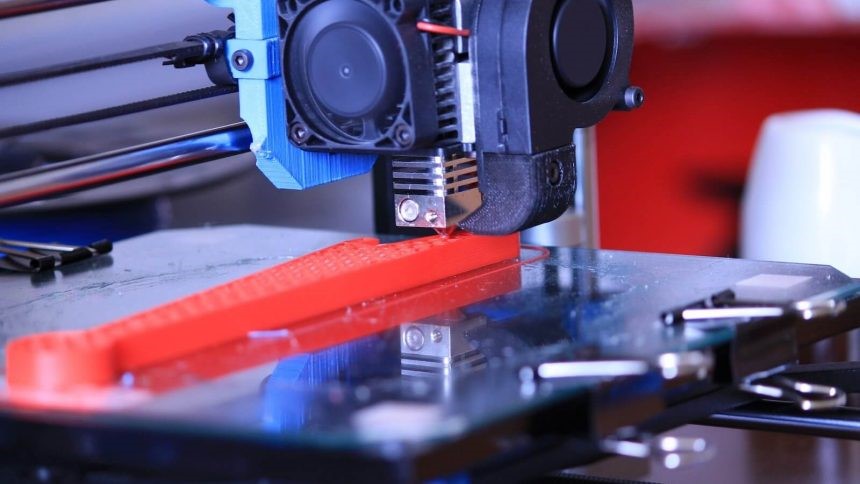
Using ABS material in rapid prototyping is not that direct. There are different grades of the material and each has its unique properties. To make using the material in rapid prototyping easy, this article will serve as an ABS material guide. Here, we will complete expatiating on ABS plastic prototyping. These include ABS properties, the different types of ABS material, ABS applications, and other things about rapid prototyping ABS plastic.
What is ABS Material?
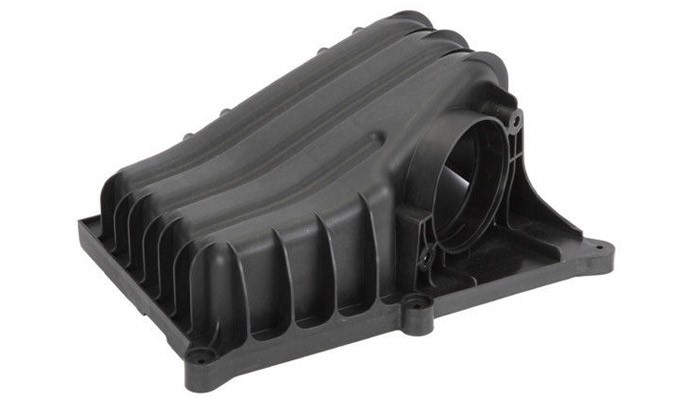
ABS is an acronym for Acrylonitrile Butadiene Styrene. It is a thermoplastic and amorphous polymer known for its impact resistance and other mechanical properties. It consists of three monomers, namely: Styrene, butadiene, and acrylonitrile:
- Acrylonitrile: is propylene and ammonia-derived synthetic monomer that helps the substance weight and heat resistance of ABS material.
- Butadiene: is just a by-product of the ethylene manufacturing process of steam crackers and is accountable for exactly how ABS polymer gains hardness and energy.
- Styrene: is made of ethylbenzene after it has dehydrogenated. It gives ABS its synthetic rigidity and processability to create various forms.
ABS Material Properties
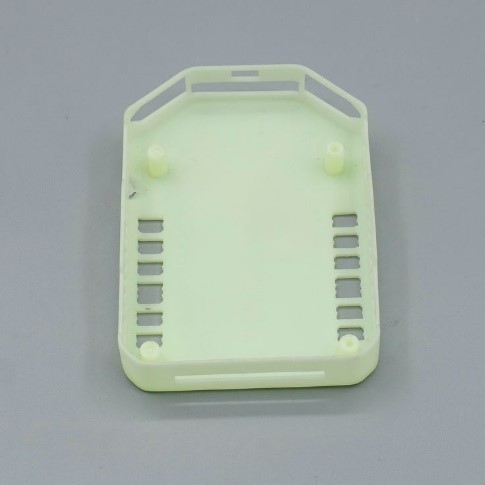
ABS is an excellent material choice when selecting materials for structural application. This is because of its mechanical properties. Below are a few important properties of the material:
- ABS materials possess a high opposition to dilute acid and alkalis.
- It has moderate resistance to aliphatic hydrocarbons.
- ABS possesses exemplary insulating qualities.
- It has excellent weldability.
- ABS possesses high abrasion and strain opposition quality.
- Its dimensional stability is very good (Mechanically robust and stable overall)
- ABS possesses great area aspect and significant surface brightness.
- It has high rigidity.
Pros of Using ABS Material in Rapid Prototyping
Why then is ABS material popular in rapid prototyping? In this section, let us take a look at few advantages in the application of rapid prototyping abs plastic materials:
- Processes like machining, polishing, sanding, filing, drilling, painting, gluing, and so on are possible with the materials and possess a good finish after these processes.
- ABS has a wide range of prototyping applications, particularly for aesthetic prototypes and end-use parts.
- ABS properties such as strength, flexibility, impact resistance and wear resistance make it suitable for machining products in rapid prototyping.
Cons of Using ABS Material in Rapid Prototyping
While ABS material has many advantages, it also has many disadvantages based on the rapid prototyping process. Below are a few disadvantages of using ABS in rapid prototyping.
- During the 3D printing process, ABS material is particularly susceptible to warping, curling, and cracking, leading to failure during the printing process.
- ABS is a complex material to print, and it necessitates several features to ensure success. Therefore, unless handled by a professional designer team, ABS will give variable results in most rapid prototyping processes.
Different Grades of ABS Material
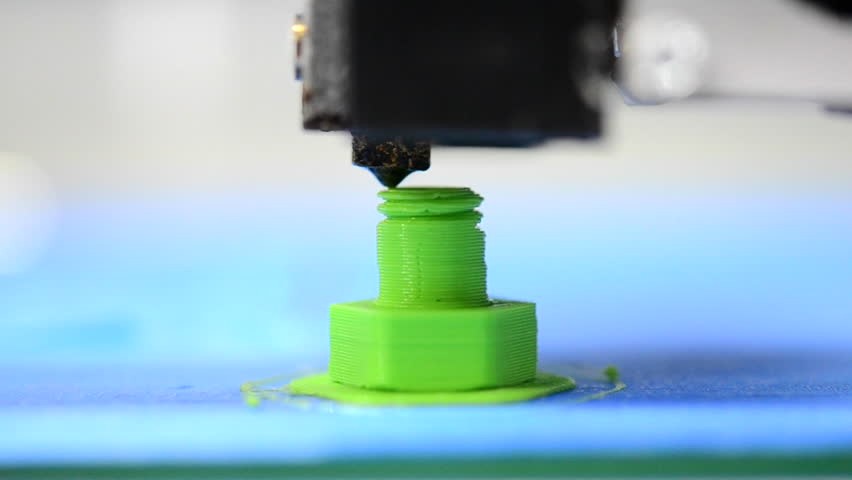
There are different grades of ABS Material used in rapid prototyping. Each one has its properties. Therefore, it is important to know about each grade before choosing any grade. Below are the common grades of ABS material used in rapid prototyping:
· ABS Extrusion Grade
This ABS grade has unique mechanical properties making it a good rapid prototyping grade. It is elastic and strong. Therefore, it is used in making products that require intense mechanical properties. This grade is manufactured through an extrusion process.
· ABS Flame-Retardant Grade
This ABS grade has unique mechanical properties. However, they are more used in rapid prototyping for their unique heat properties. They are important in making products with a strong heat resistance capacity. They can be combined with other materials such as PVC or PC and are subjected to injection molding or extrusion.
· ABS Injection Molding Grade
These ABS grades are used in manufacturing products using injection molding. There are different categories of ABS injection molding grades based on impact resistance. The common subgrades used in rapid prototyping include heat resistance, medium impact, high impact, and palatable.
· Other ABS Grades
There are also other ABS grades used in rapid prototyping. However, they are combined with other materials for better mechanical properties. Examples of such ABS grades include glass fiber reinforced, stainless steel fiber, rubber modified, graphite fiber modified, etc. These grades are suitable for different rapid prototyping methods, such as injection molding grade and extrusion.
ABS is an essential rapid prototyping material in various industries. As a result, a thorough understanding of its application, benefits, and drawbacks is necessary. Do you have a project that requires you to use ABS material? Why not trust us at RapidDirect. At RapidDirect, we provide outstanding rapid prototyping services to our clients using ABS materials. It extends further as we can use and advise on using any material for rapid prototyping purposes.
We have many years of experience as one of China’s best online quick prototype service providers. Therefore, we can provide top-notch customer support with our team of knowledgeable and devoted staff always ready and available to guide you through the process and ensuring that your project’s requirements are met.
ABS Plastic Prototyping
ABS plastic prototyping is probably the most popular prototype-making step currently. It is a good material suitable in new product design and development procedures, accounting for approximately 75 percent of synthetic prototypes.
ABS material is used simply because it has enough strength to meet various kinds of prototype manufacturing processes generally. This includes test features, grinding, painting, plating, and other procedures. Some experienced engineers also like ABS material because it is straightforward to work with polished than other materials.
Compared to other plastic materials, ABS plastics rapid prototyping can occur in different steps. Below are the common processes you can use with ABS material.
· CNC Machining on ABS Materials
CNC machining is compatible with ABS materials through many techniques. However, the most common technique is extrusion. Extrusion involves passing ABS material through a die of a particular shape to produce the shape of the die.
Following the extrusion procedure, the polymers are applicable in liquid transfer pipelines and liquid pipes. Because of its low temperature after extrusion, these ABS materials are appropriate in fridge cupboards and cold areas. Other CNC machining processes include drilling, turning, and cutting.
· Injection Molding on ABS Materials
ABS (acrylonitrile butadiene styrene) is a thermoplastic polymer that is applicable in injection molding. ABS is a frequently utilized injection molding material for various industries due to its high resistance to corrosive chemicals and physical impacts.
ABS-injected molded plastic has excellent electrical qualities, perfect for structural applications requiring impact resistance, strength, and stiffness.
· 3D Printing on ABS Materials
ABS material is actually for 3D printing experts due to its impact resilience and high-temperature threshold, despite being more complex to print than PLA. FDM (Fused Deposition Modeling) 3D printing is preferable for ABS materials. ABS materials release particles that can be dangerous to your user; thus, a 3D printer with a closed enclosure is acceptable.
Application of ABS Material in Rapid Prototyping
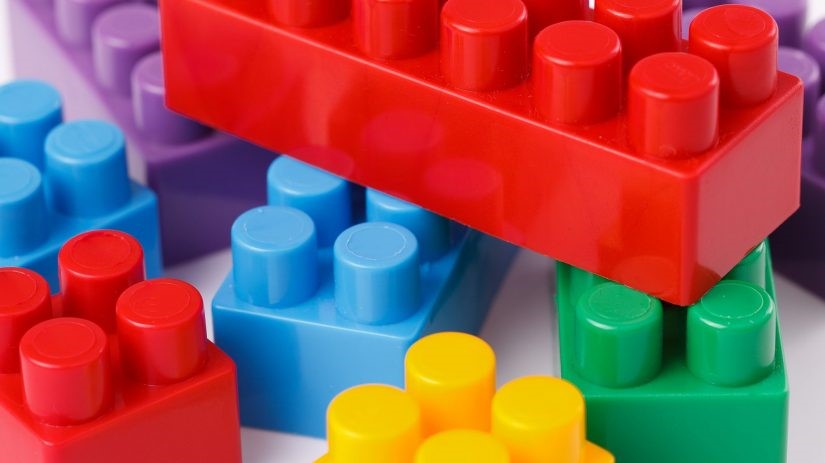
ABS applies in various companies due to its outstanding stability of strength, heat resistance, etc. Below are typical applications of ABS material in various manufacturing processes:
The Automotive Industry
The materials used in automotive construction tend to go through incredibly stringent requirements. They must be dimensionally steady and not distort under tremendous stress, even if exposed to extreme temperature variations.
ABS material is suitable in this industry because it perfectly fulfills these requirements. For example, it is applicable in the vehicle interior and exterior trim and automotive dashboards.
Electronic Industry
Materials that are wear-resistant, aesthetically presentable, and easy to maintain are progressively essential in the electrical and electric industry. The excellent antistatic ABS properties are particularly advantageous in this situation.
ABS comes with excellent electrical insulation characteristics, making it a well-known choice for electric parts housing and casing.
Office Equipment
Appealing, high-quality materials having an exquisite design give a feeling of wellbeing in the home and at work. ABS occurs in a wide range of color palettes. On ABS material subjection to different rapid prototyping procedures, it can make office equipment such as a telephone shell and memorizer.
Home Appliances
ABS materials offer enormous structural strength and rigidity. This makes them well-suitable for fabricating home appliance parts.
Examples include helmets, Lego bricks, other toys, domestic appliances, phone devices, lawnmower covers, and musical instruments.
How To Choose the Right ABS Material?
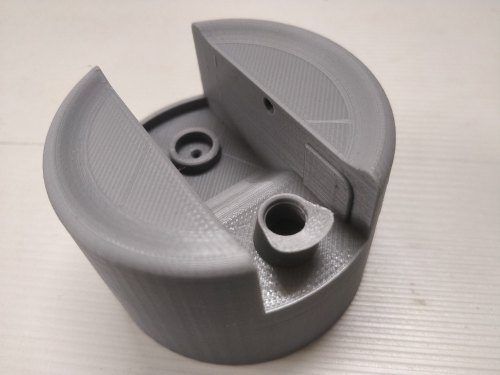
To choose the right ABS material, you must understand its properties and the prototyping process you want to use. Below are a few things you should consider when choosing the right ABS material
· ABS Properties
ABS properties are an important factor to look at before you begin your rapid prototyping process. Each grade of ABS material discussed in the above section has its properties. For example, the ABS shot molding grade is highly resistant to heat. Therefore, you must consider the properties you want the end product to have before choosing the ABS material.
· Rapid Prototyping Process
There are many prototyping processes you can use with ABS material. The most common ones include 3D printing and Injection molding. Different rapid prototyping process requires a particular grade of ABS material. Therefore, you have to know the different grades available before choosing the right one.
· Machinability
Another thing to consider when choosing an ABS grade is machinability. Every ABS grade has its machinability coefficient. Therefore, when the wrong ABS plastic is used, it can lead to manufacturing problems. For example, 3D printing can lead to problems such as warping.
Other Plastic Materials You Can Use in Rapid Prototyping
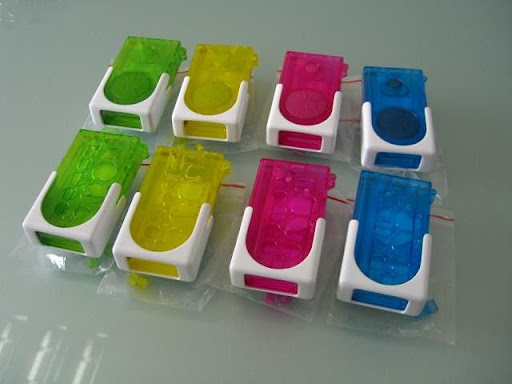
ABS is not the only material you can use in rapid prototyping. There are other materials with better and lesser properties that are suitable for a different kind of purpose. Below are a few plastic materials common to rapid prototyping:
PC (Polycarbonate)
Polycarbonate is known for its unique properties. It is a stable, strong, and thermal resistance material with application in different scenarios. For example, it is an important material in making gear, rack, worm, etc.
PP (Polypropylene)
Polypropylene is a translucent colorless solid, odorless, and non-toxic known for its structural stability and a high degree of crystallization. It is also thermal resistant, and corrosion-resistant, and it has low density. Based on properties such as low transparency, low gloss, low rigidity, but stronger impact strength, PP is an ideal material for making products needed for insulation and corrosion-resistant properties
PA (Polyamide)
Polyamide is a popular rapid prototyping plastic due to its unique properties. It has s high mechanical strength, high softening point, heat resistance, low coefficient of friction. Based on its excellent mechanical properties, PA is an important material in making electrical appliances, textile equipment, and chemical equipment.
POM (Polyoxymethylene)
Polyoxymethylene is another plastic with wide application in different industrial scenarios. It is hard, highly rigid, with immense wear resistance. Based on its mechanical properties, POM is an important material in making gears, bearings, auto parts, machine tools, instrumentation, toys, etc.
FAQ
ABS (Acrylonitrile butadiene styrene) is a thermoplastic polymer applicable for use in different rapid prototyping processes. The common ABS material is known for 3D printing and Injection molding. This plastic is popular due to its reasonable manufacturing cost and ease of use with which plastic makers can devise it.
ABS (Acrylonitrile Butadiene Styrene) is an amorphous and heavy thermoplastic polymer. The expression thermoplastic defines just how a compound responds to warmth. At a specific heat temperature (221 degrees Fahrenheit in ABS plastic), thermoplastics become liquid.
ABS is a superior material for prototyping since it is weaker, less stiff, and more rigid and light against Nylon. It is a flexible material with stronger chemical resistance and toughness than PLA (Polylactide) and ABS. Still, its lower strength introduces a new filament quality into the mix.
Conclusion
ABS material is an important rapid prototyping plastic applicable in various sectors in producing an array of products. To use the material effectively in any rapid prototyping process, it is necessary to understand its properties, uses, pros/cons, grades, and selection criteria.
Satisfying these requirements lead to the writing of the ABS material guide. This article extensively discusses the different properties of the material, its appropriate application, as well as its merits and demerits. It also discussed the different rapid prototyping processes you can use with the material. In conclusion, by going through this ABS material guide, you will have enough information to enlighten you on the what, how, and why of using ABS material in rapid prototyping.


